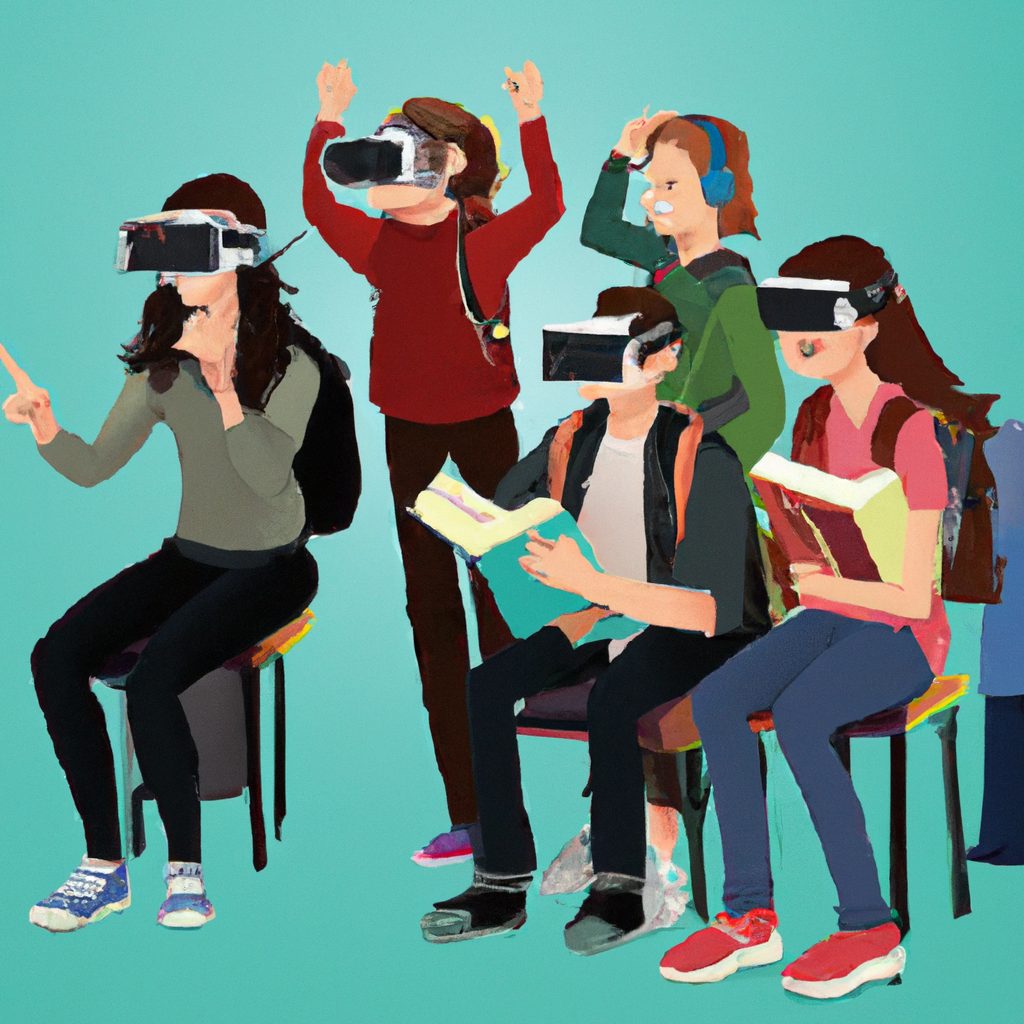Virtual Reality in Education: Enhancing Learning Experiences
In recent years, virtual reality (VR) technology has made significant strides in various industries, including education. By providing immersive and interactive experiences, VR has the potential to revolutionize the way students learn and engage with educational content. In this article, we will explore how VR is being used in education to enhance learning experiences.
1. Immersive Learning Environments
One of the key advantages of VR in education is its ability to create immersive learning environments that simulate real-world experiences. By putting on a VR headset, students can be transported to different locations, time periods, or scenarios, allowing them to engage with the content in a more interactive and engaging way. For example, students studying ancient history can virtually explore ancient ruins or participate in historical events, providing a deeper understanding of the subject matter.
2. Hands-On Learning
Another benefit of VR in education is its ability to provide hands-on learning experiences. Through VR simulations, students can practice skills and concepts in a safe and controlled environment. For example, medical students can perform virtual surgeries, engineering students can design and test prototypes, and language students can engage in conversations with native speakers. This hands-on approach not only enhances learning outcomes but also builds confidence and critical thinking skills.
3. Personalized Learning
VR technology also allows for personalized learning experiences based on individual learning styles and needs. By tracking students’ interactions within the virtual environment, educators can tailor the content and pace of instruction to meet each student’s unique requirements. This adaptive learning approach ensures that students stay engaged and challenged, leading to improved retention and mastery of the material.
4. Collaboration and Social Learning
Virtual reality enables students to collaborate with peers and experts from around the world in shared virtual spaces. This fosters a sense of community and enables social learning through group projects, discussions, and events. By working together in a virtual environment, students can develop teamwork skills, communication skills, and cultural awareness, preparing them for success in an increasingly globalized world.
5. Accessibility and Inclusivity
VR technology has the potential to make education more accessible and inclusive for students with disabilities or unique learning needs. By providing alternative ways to interact with educational content, such as through gesture-based controls or voice commands, VR can accommodate a wide range of learning styles and preferences. Additionally, VR experiences can be customized to account for individual sensory sensitivities or mobility impairments, ensuring that all students have equal opportunities to learn and succeed.
Conclusion
Overall, virtual reality has the potential to transform education by enhancing learning experiences and creating new opportunities for students to engage with educational content. By providing immersive, hands-on, personalized, collaborative, and inclusive learning experiences, VR technology can empower students to explore, learn, and succeed in ways that were previously unimaginable. As VR continues to evolve and become more accessible, we can expect to see even greater innovations and advancements in education that will benefit students, educators, and society as a whole.
